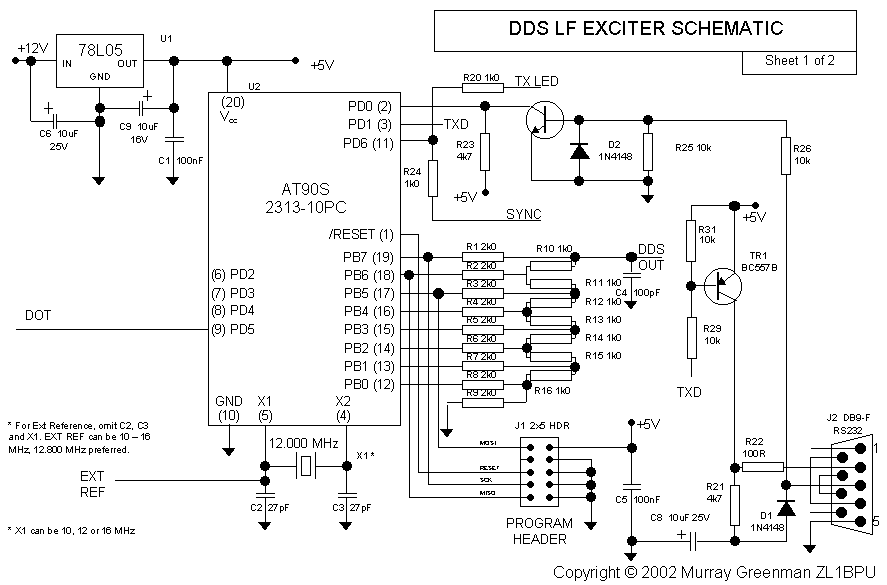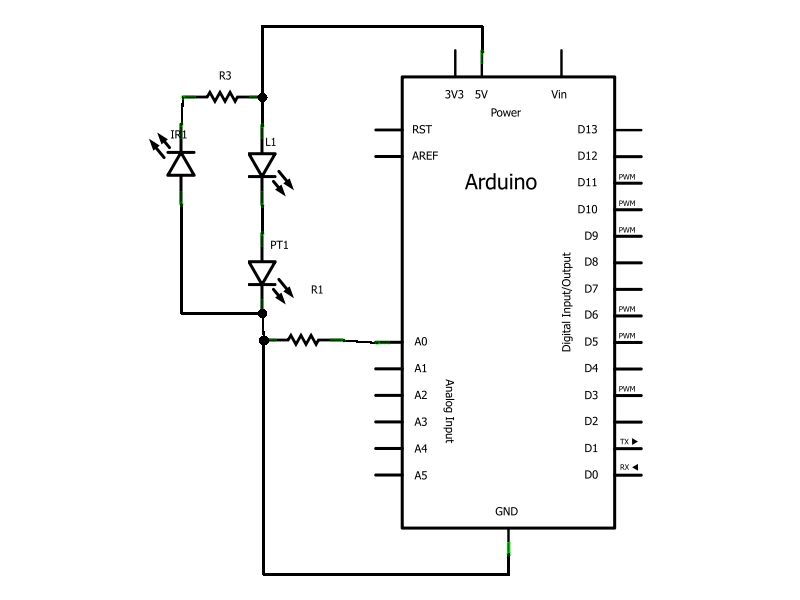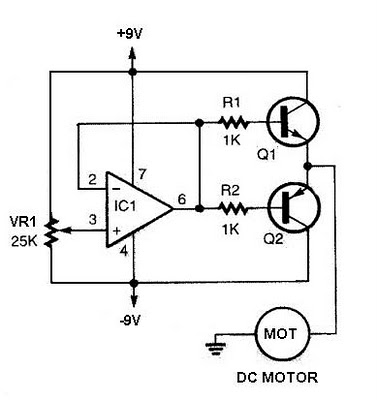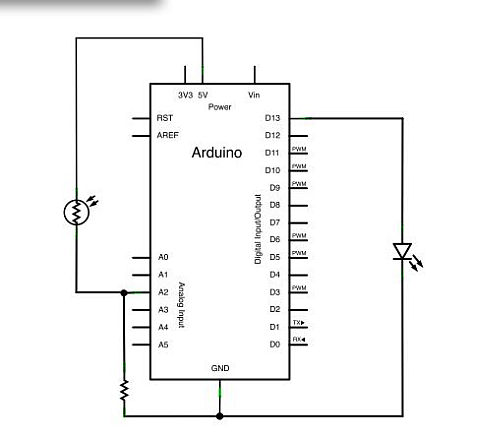
LF Exciter using I2PHD/IK2CZL JASON

The unit described here is simple to build, and can be quite small. The picture below shows the prototype, in a box 175mm wide, 210mm deep and 55mm high. The single circuit board is 140 x 90mm, so there's plenty of room inside for another board (a local control and LCD display board is planned). The design includes a linear amplifier, sine wave output and 60dB attenuator. The Exciter uses a Direct Digital Synthesizer, made using a high speed microcontroller, to accurately generate radio frequency sine waves from zero to about 400 kHz. All the work is done by the inexpensive microcontroller, so no expensive DDS chip is needed.
The described unit is a compact and efficient RF signal generator, utilizing a Direct Digital Synthesizer (DDS) architecture implemented with a high-speed microcontroller. This design choice allows for the generation of sine wave outputs with frequencies ranging from 0 Hz to approximately 400 kHz, making it suitable for various applications in radio frequency experimentation and signal processing.
The overall dimensions of the enclosure are 175 mm in width, 210 mm in depth, and 55 mm in height, which provides a compact form factor. The main circuit board measures 140 mm by 90 mm, allowing for additional circuitry, such as a local control interface and an LCD display board, to be integrated into the same housing. This modularity enhances the user experience by providing a visual feedback mechanism and control options directly on the device.
The linear amplifier within the design ensures that the generated sine waves are amplified to suitable levels for output, while the 60 dB attenuator allows for precise control over the output signal strength. This feature is particularly useful in applications where signal integrity and power levels are critical.
The microcontroller is the heart of the system, executing the necessary algorithms to produce the desired frequency outputs without the need for dedicated, high-cost DDS chips. This approach not only reduces the overall cost of the unit but also simplifies the design, making it more accessible for hobbyists and engineers alike. The use of a microcontroller also allows for potential firmware updates and modifications, enhancing the versatility of the unit over time.
In summary, this RF signal generator design combines a compact form factor with advanced functionality, leveraging a microcontroller-based DDS approach to produce high-quality sine wave outputs suitable for various electronic applications.The unit described here is simple to build, and can be quite small. The picture below shows the prototype, in a box 175mm wide, 210mm deep and 55mm high. The single circuit board is 140 x 90mm, so there's plenty of room inside for another board (a local control and LCD display board is planned). The design includes a linear amplifier, sine wave output and 60dB attenuator. The Exciter uses a Direct Digital Synthesizer, made using a high speed microcontroller, to accurately generate radio frequency sine waves from zero to about 400 kHz. All the work is done by the inexpensive microcontroller, so no expensive DDS chip is need 🔗 External reference
The described unit is a compact and efficient RF signal generator, utilizing a Direct Digital Synthesizer (DDS) architecture implemented with a high-speed microcontroller. This design choice allows for the generation of sine wave outputs with frequencies ranging from 0 Hz to approximately 400 kHz, making it suitable for various applications in radio frequency experimentation and signal processing.
The overall dimensions of the enclosure are 175 mm in width, 210 mm in depth, and 55 mm in height, which provides a compact form factor. The main circuit board measures 140 mm by 90 mm, allowing for additional circuitry, such as a local control interface and an LCD display board, to be integrated into the same housing. This modularity enhances the user experience by providing a visual feedback mechanism and control options directly on the device.
The linear amplifier within the design ensures that the generated sine waves are amplified to suitable levels for output, while the 60 dB attenuator allows for precise control over the output signal strength. This feature is particularly useful in applications where signal integrity and power levels are critical.
The microcontroller is the heart of the system, executing the necessary algorithms to produce the desired frequency outputs without the need for dedicated, high-cost DDS chips. This approach not only reduces the overall cost of the unit but also simplifies the design, making it more accessible for hobbyists and engineers alike. The use of a microcontroller also allows for potential firmware updates and modifications, enhancing the versatility of the unit over time.
In summary, this RF signal generator design combines a compact form factor with advanced functionality, leveraging a microcontroller-based DDS approach to produce high-quality sine wave outputs suitable for various electronic applications.The unit described here is simple to build, and can be quite small. The picture below shows the prototype, in a box 175mm wide, 210mm deep and 55mm high. The single circuit board is 140 x 90mm, so there's plenty of room inside for another board (a local control and LCD display board is planned). The design includes a linear amplifier, sine wave output and 60dB attenuator. The Exciter uses a Direct Digital Synthesizer, made using a high speed microcontroller, to accurately generate radio frequency sine waves from zero to about 400 kHz. All the work is done by the inexpensive microcontroller, so no expensive DDS chip is need 🔗 External reference





